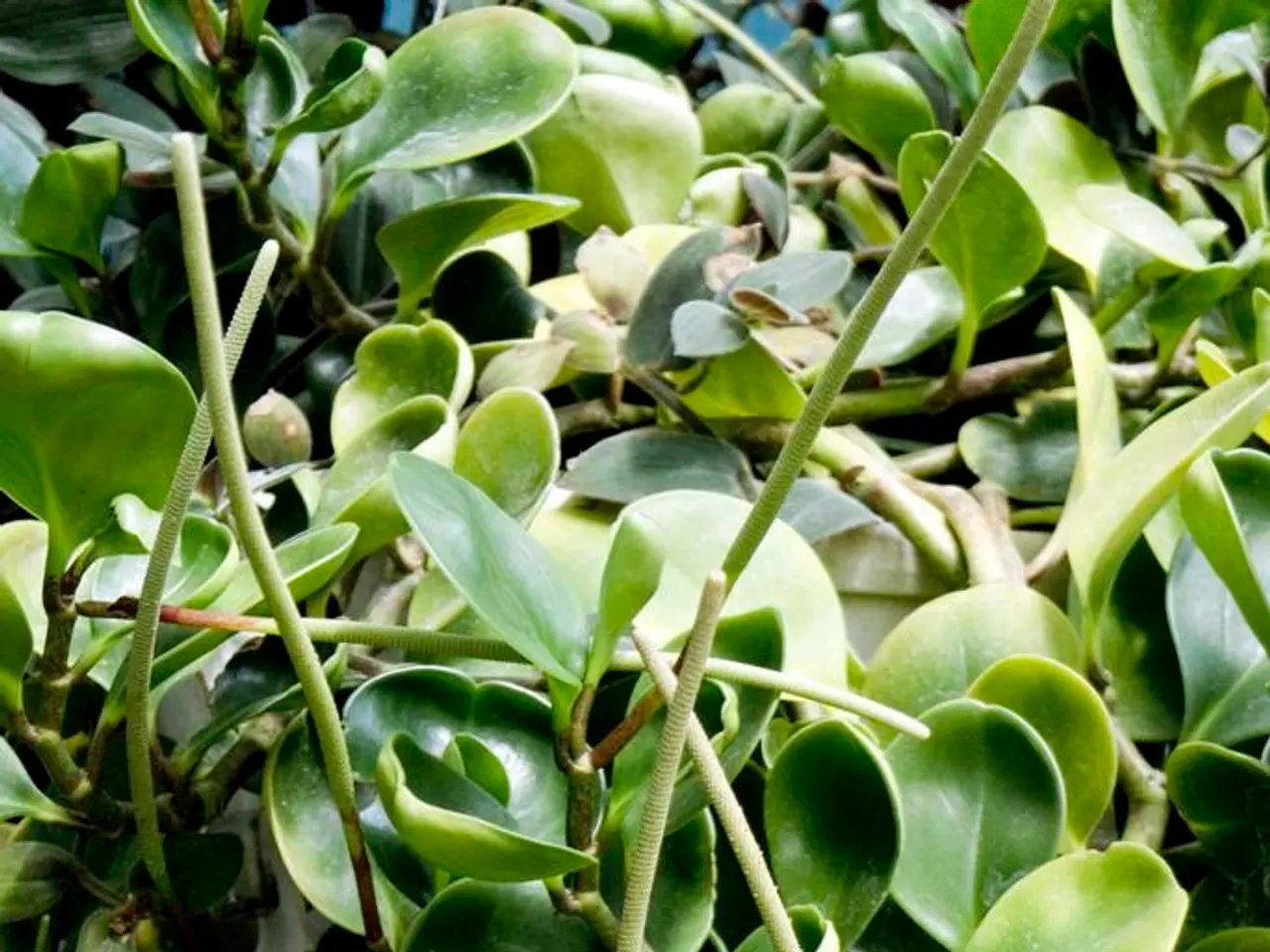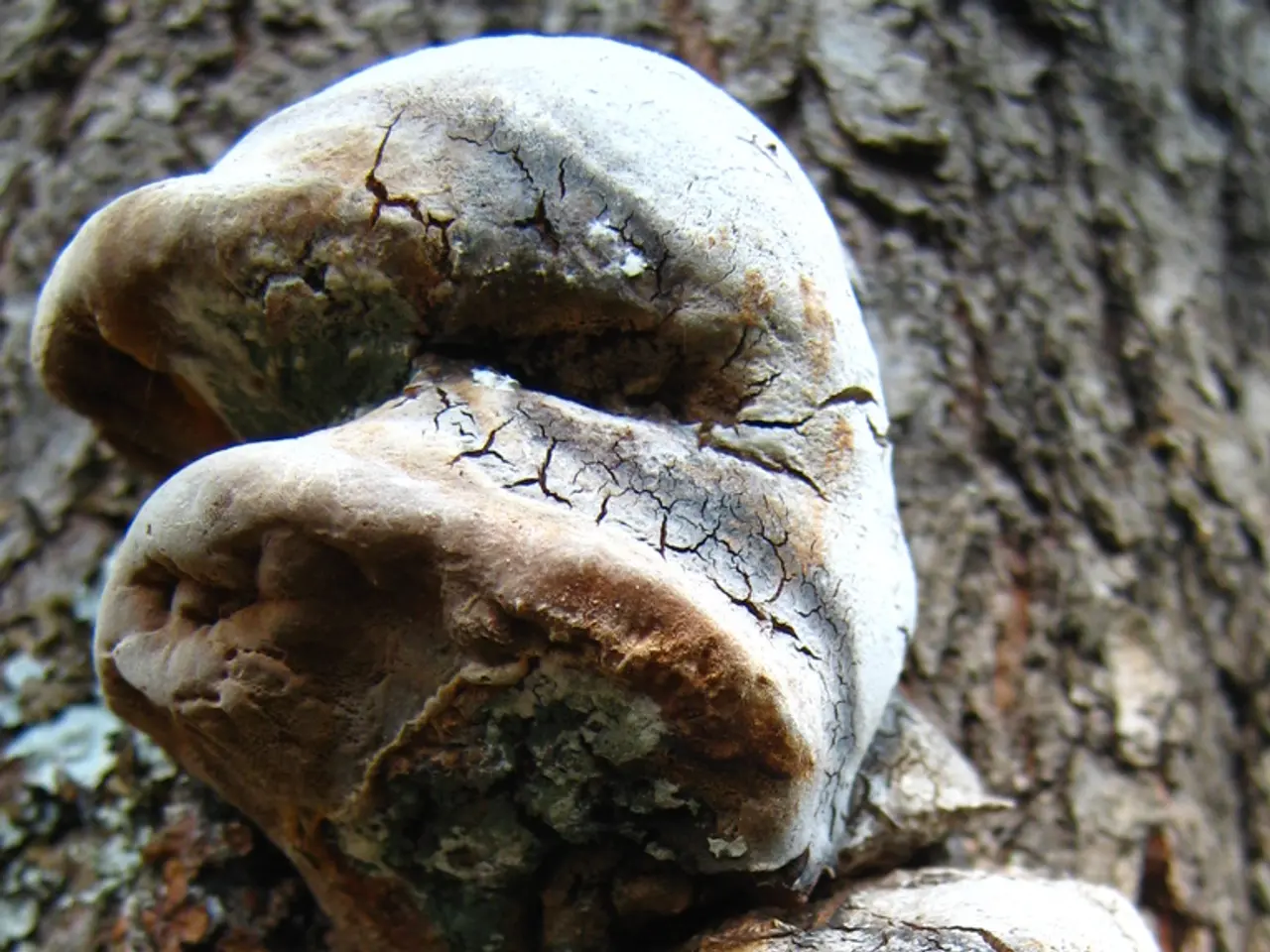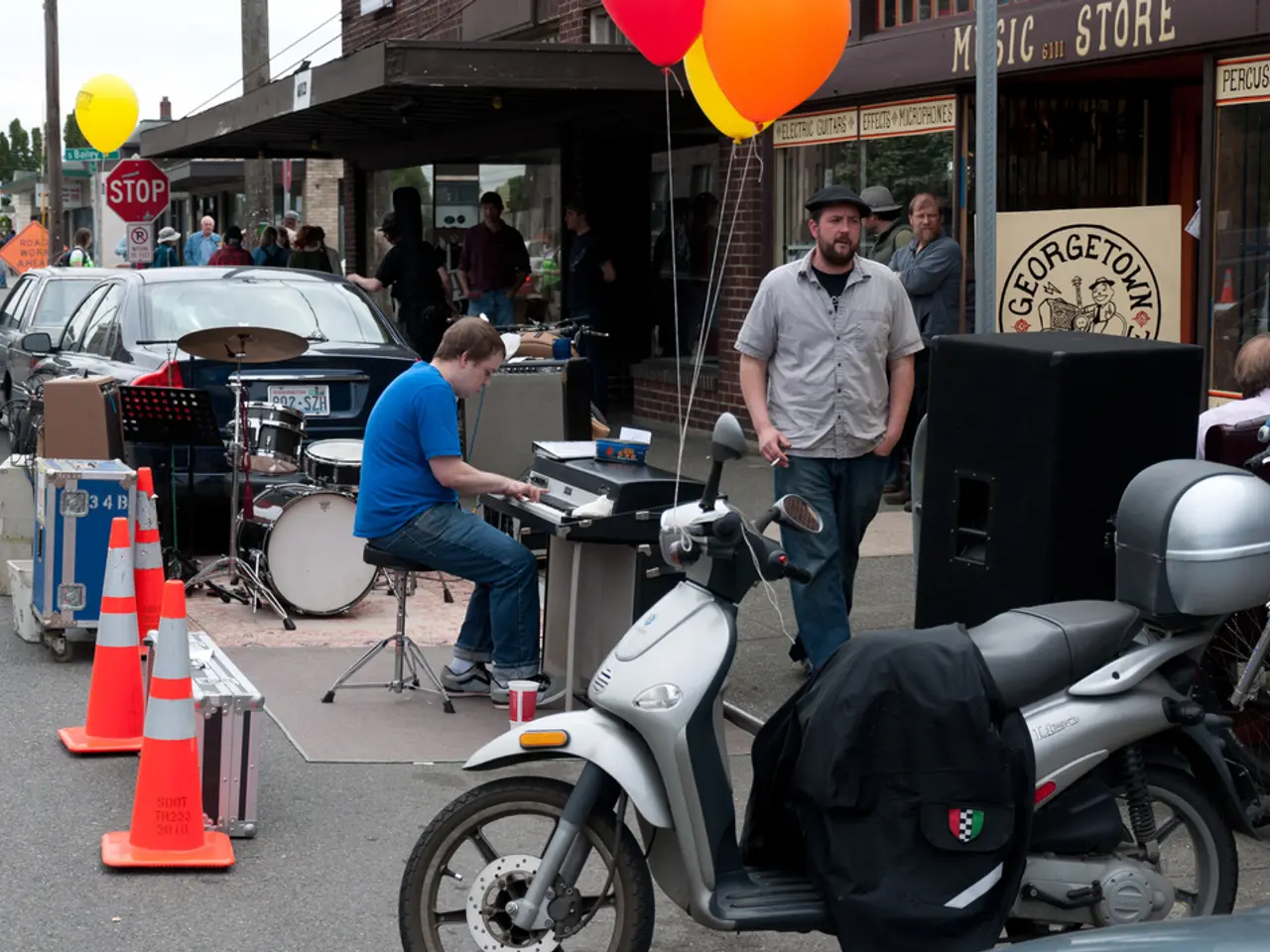Strategies for Minimized Watering of Houseplants for Peace of Mind while Vacationing, Ensuring Your Indoor Garden Remains Flourishing
Slow Watering Techniques Keep Houseplants Hydrated During Vacations
Managing houseplants while away on vacation can be a concern for many plant enthusiasts. However, experts have provided several slow watering techniques to ensure consistent hydration without the need for a plant sitter.
One such method is the DIY Wicking System. This technique involves using a cotton rope or thick string as a wick. One end of the wick is placed in a water container, such as a jar or bucket, while the other end is buried 2-3 inches into the plant's soil. This method is ideal for plants in porous pots and those needing steady moisture, like Calatheas or Prayer Plants.
Another method is Slow Seepage with a Water Bottle. Fill a plastic bottle with water, make small holes in its lid, and insert it upside-down into the soil to allow gradual seepage. To prevent too rapid drainage, keep the bottle whole rather than cutting it in half. Pre-wetting the soil beforehand helps to avoid quick drainage through dry soil.
Terracotta Spikes or Slow-Release Devices are also recommended for plants with higher water needs like Monstera Deliciosa or Bird of Paradise. These devices provide precise, steady hydration.
The String Method with a Water Source works similarly to the wick system, drawing water up from a water source (plant saucer, jar) into the soil as it dries. This method is suitable for plants favoring constant moisture.
For moisture-loving plants like Marantas, Ferns, and Begonias, the Pre-Soak Soil and Bathtub Method can be effective. Before leaving, thoroughly soak the soil, and place the plants in a bathtub with a few centimeters of water for up to three weeks.
These slow watering methods allow for gradual, controlled water delivery, preventing soil from drying out or becoming waterlogged during extended absences. The choice of technique depends on the plant species, pot type, and vacation length.
In addition, experts advise using moisture meters to monitor soil hydration before departure and avoid overwatering, which can also damage plants.
For those seeking self-watering planters, options like Pepin's Terracotta Ollas, The Flora Self-Waterers by Hübsch Interior, and the Sip Plant Pot can help maintain a houseplant care schedule.
Lastly, for plants that tend to drown easily, it's best to avoid bottom watering and use self-watering planters instead. To facilitate delayed water intake for plants, a plastic bag can be turned into a makeshift greenhouse by covering the plant and its pot with a clear plastic bag, adding stakes to the pot to prevent the bag from clinging to the plants, and sealing it after watering the plants as normal.
Plant expert Angalena Malavenda, a member of the marketing and operations team for the Palmstreet app, emphasizes the importance of these slow, steady hydration methods for keeping houseplants healthy during vacations.
- When managing houseplants during vacations, consider using DIY Wicking Systems to ensure slow and consistent hydration for plants like Calatheas and Prayer Plants.
- For plants with moderate water needs, filling a plastic bottle with water, making small holes in its lid, and inserting it upside-down into the soil can help with slow seepage.
- Terracotta spikes or slow-release devices are ideal for plants with higher water needs, such as Monstera Deliciosa and Bird of Paradise.
- For moisture-loving plants, pre-soaking the soil before leaving and placing them in a bathtub with a few centimeters of water can help maintain moisture levels while you're away.
- In addition to slow watering techniques, use moisture meters to monitor soil hydration before departure and avoid overwatering.
- For plants that tend to drown easily, avoid bottom watering and use self-watering planters, or create a makeshift greenhouse using a plastic bag and stakes to facilitate delayed water intake.




